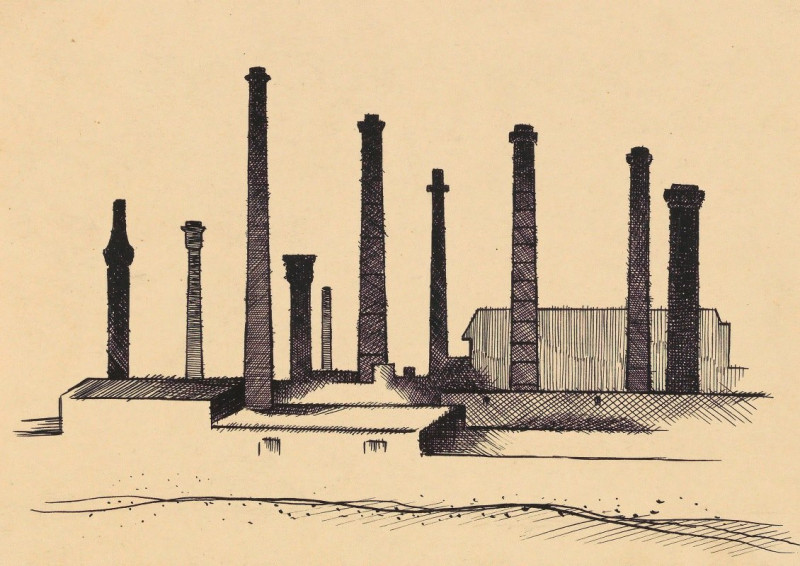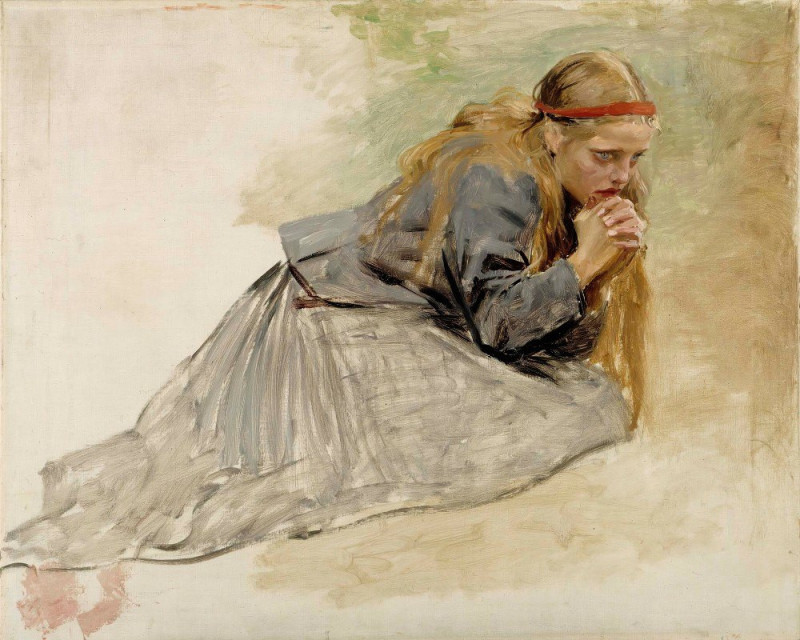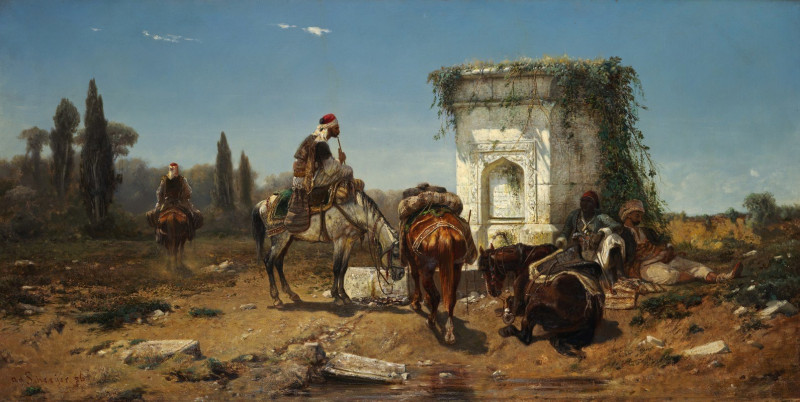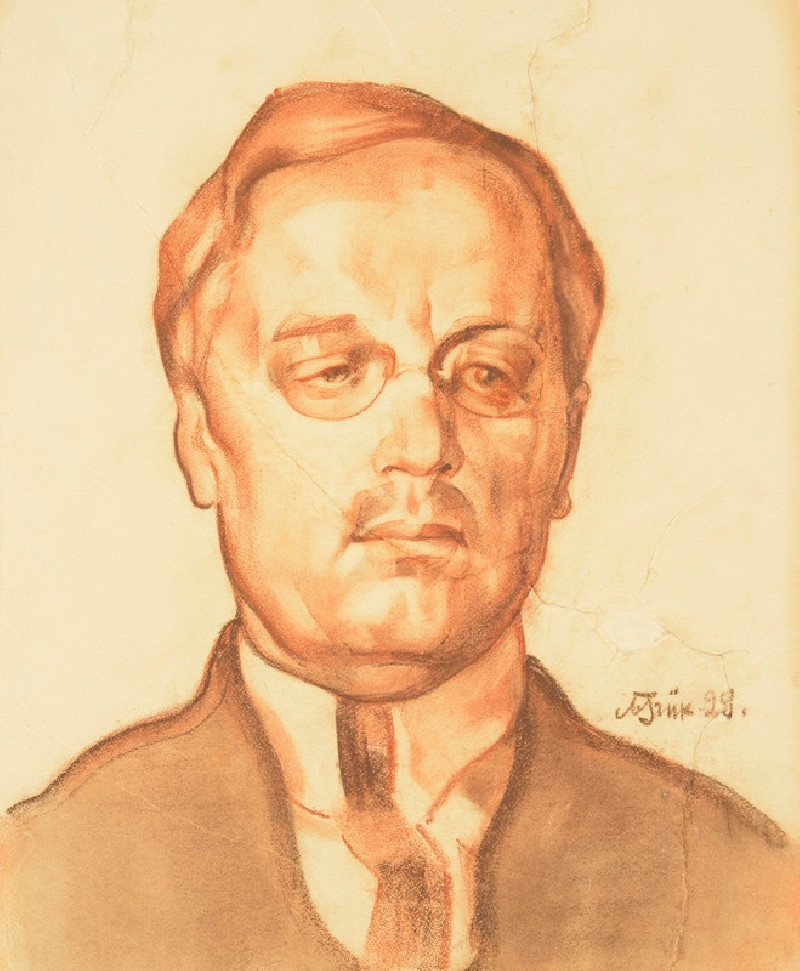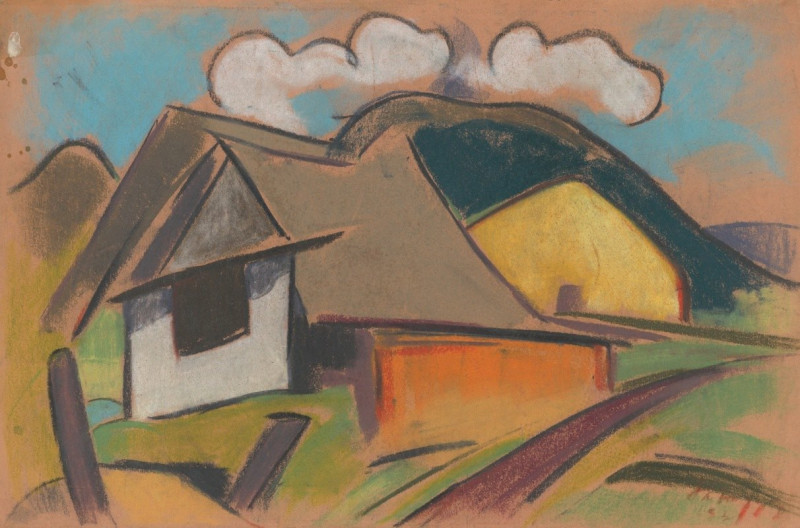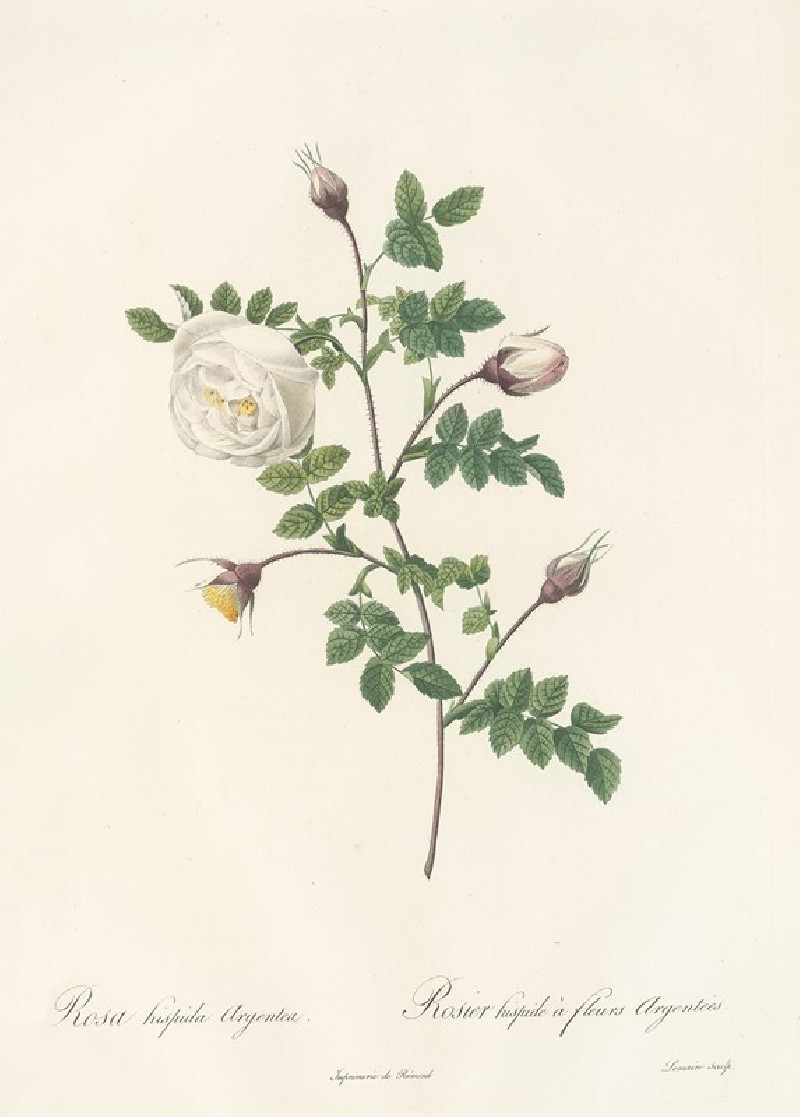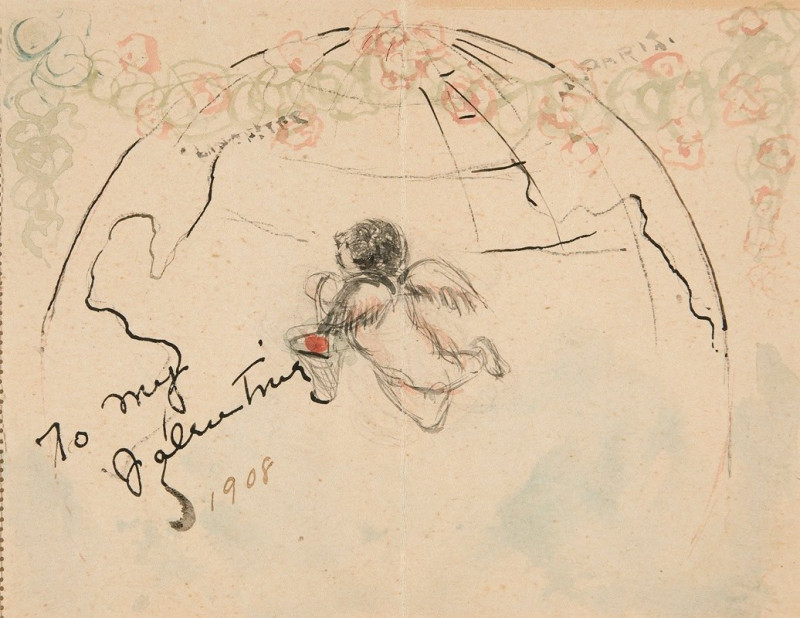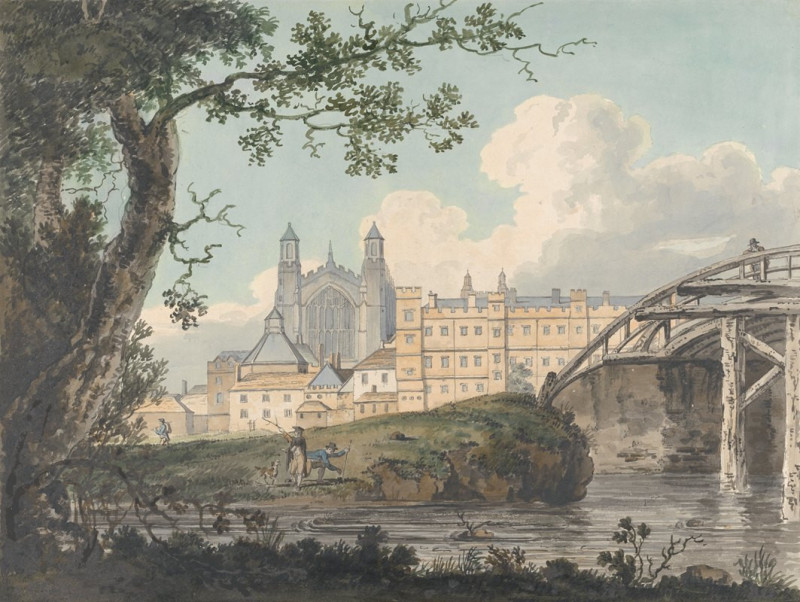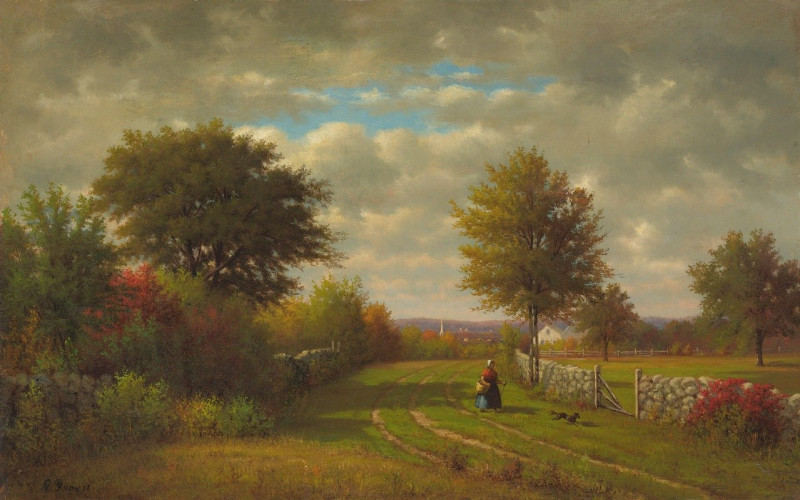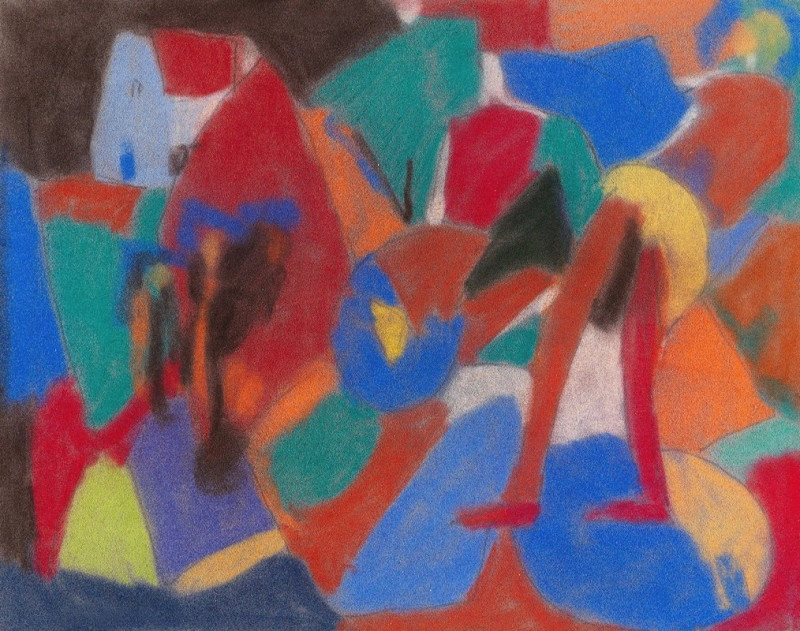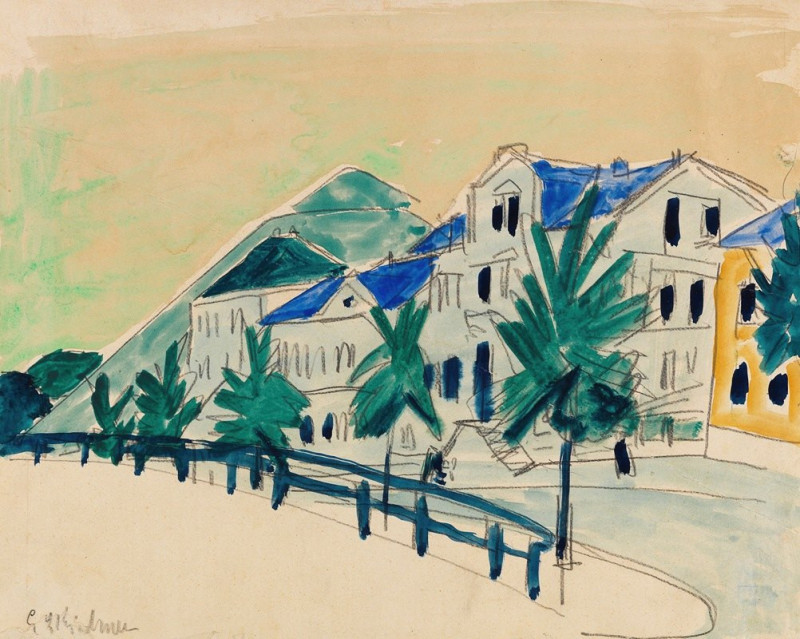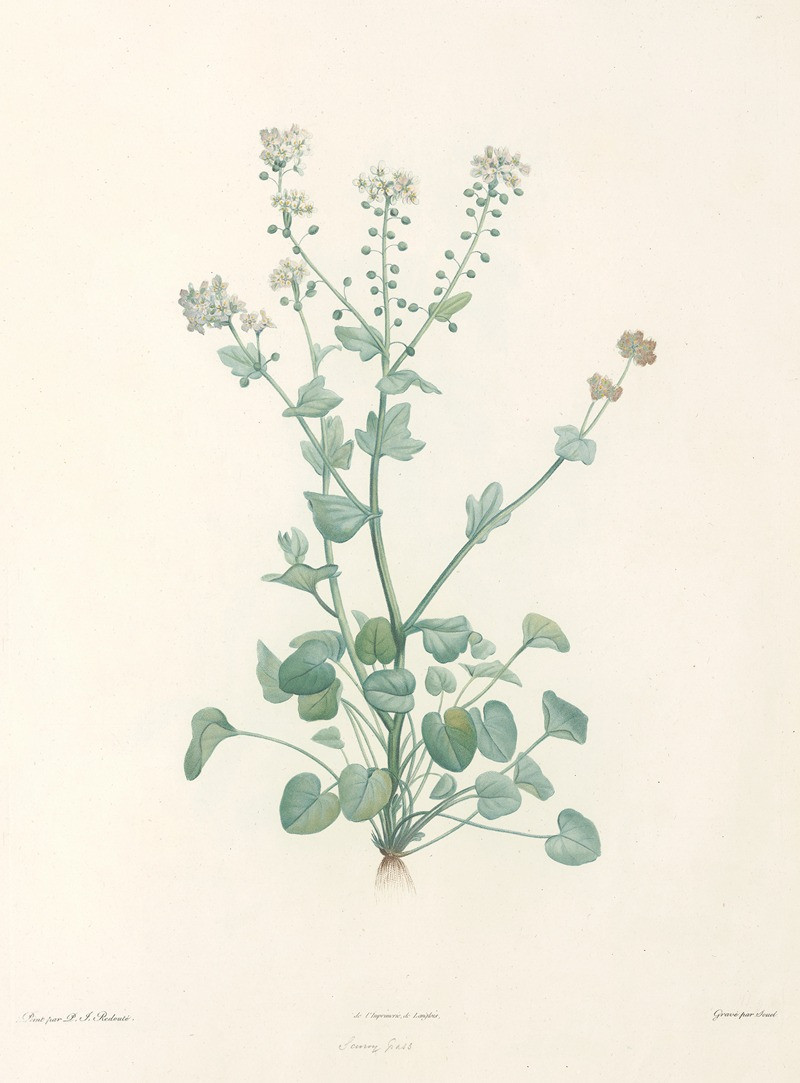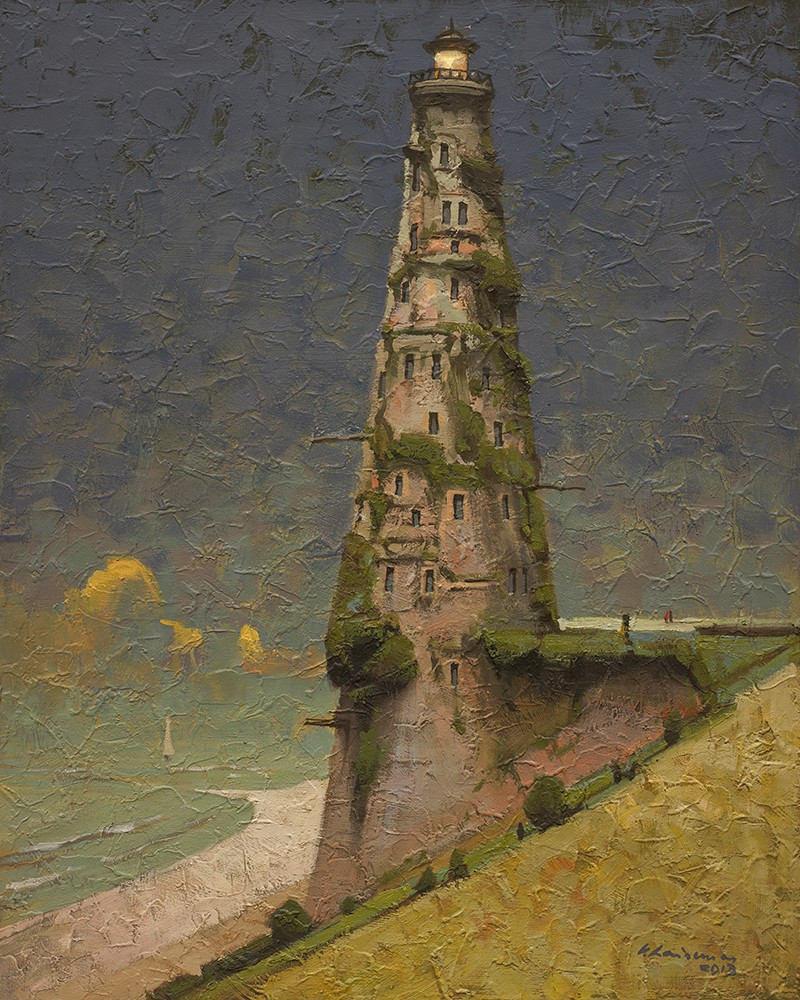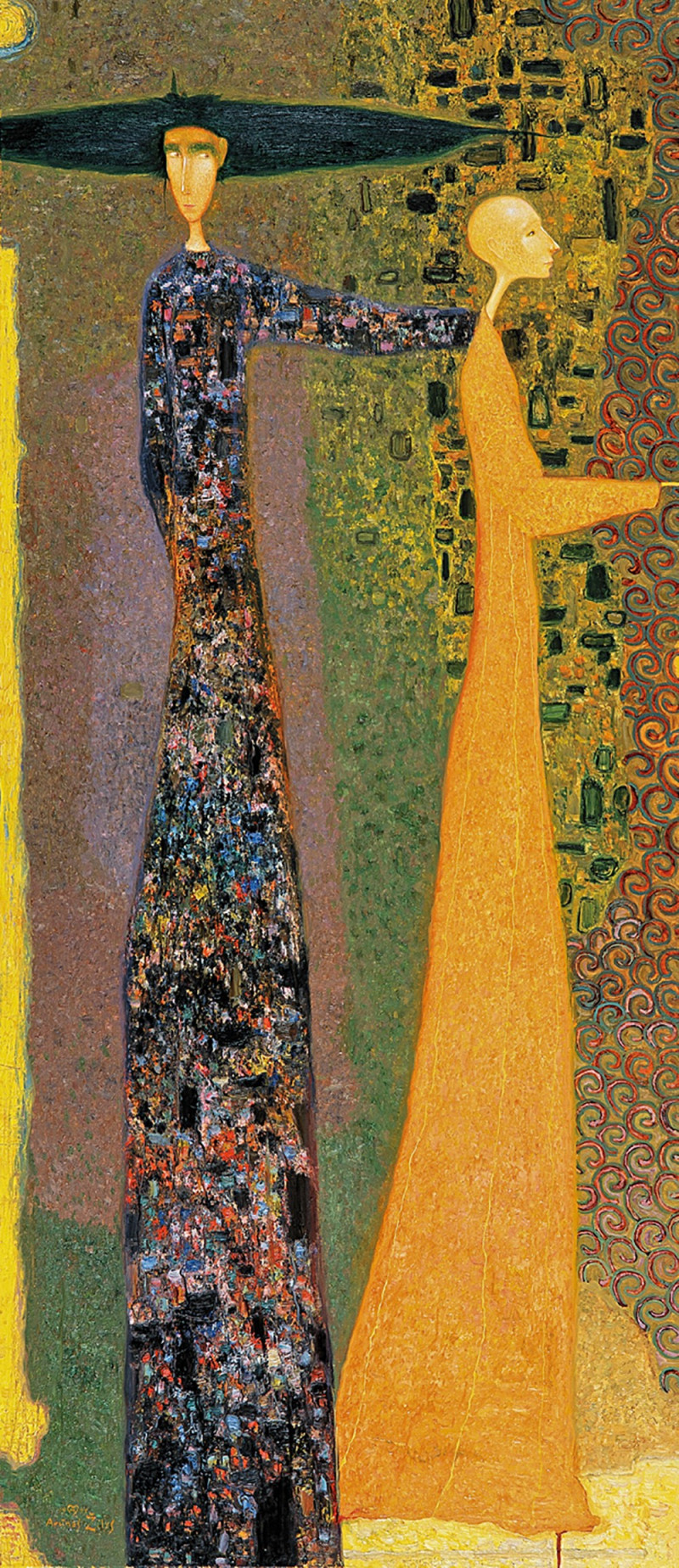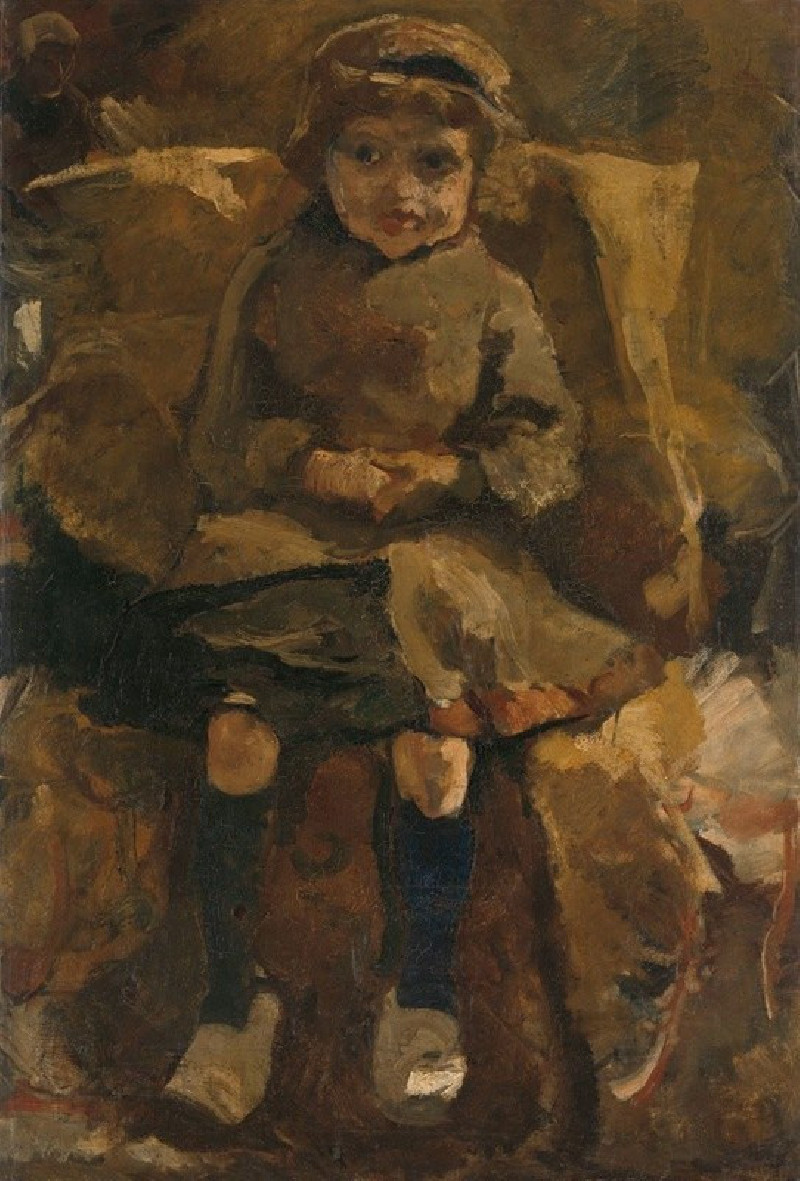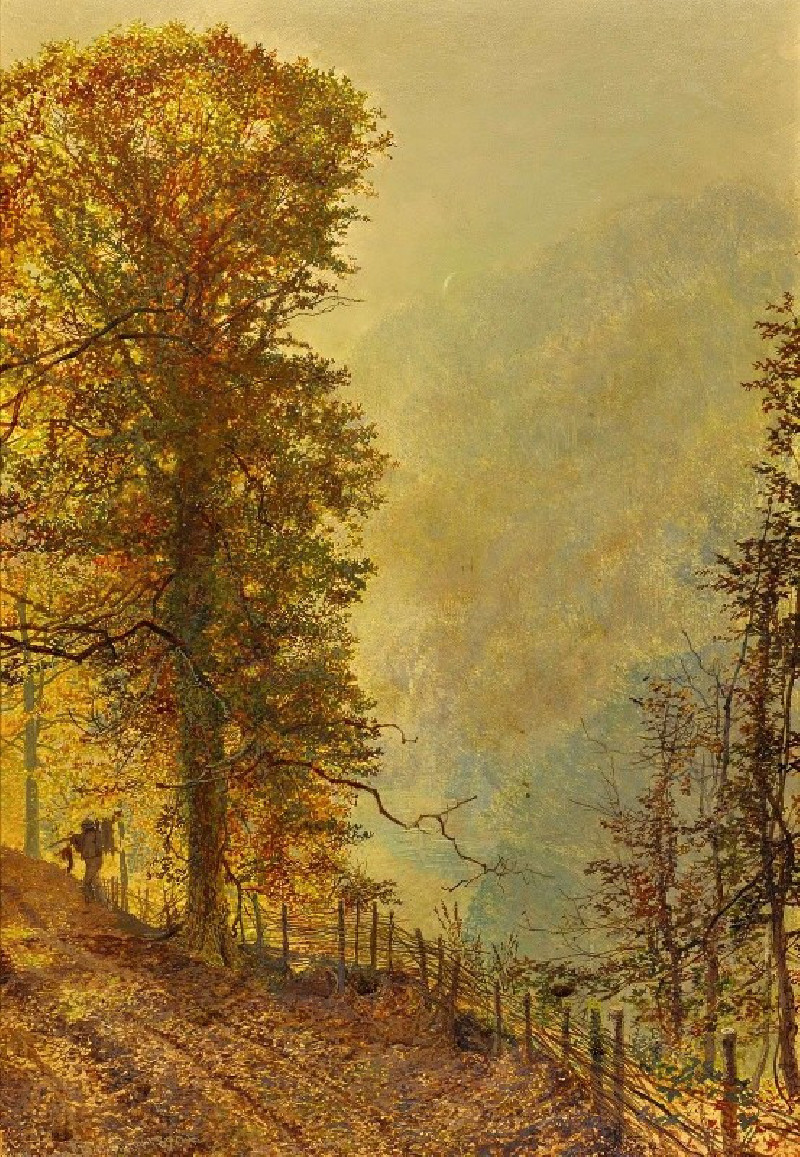Vorstadt VIII (1926)
Technique: Giclée quality print
Recommended by our customers
More about this artwork
Explore the haunting tranquility of industrial decay depicted in Karl Wiener's striking composition, "Vorstadt VIII" (1926). This evocative ink drawing highlights the stark beauty of industrial landscapes, a theme often revisited in early 20th-century modern art. The image captivates with its assembly of towering smokestacks and fragmented structures, which together form a skyline that is both commanding and ghostly.The simplicity of the medium—black ink on a light-colored canvas—adds a dramatic contrast and sharpness to the artwork, emphasizing the vertical lines and intricate textures that make these industrial relics almost monumental. The absence of human presence in the artwork encourages viewers to ponder the relationship between industrial growth and urban emptiness, leaving an enduring impression of solitude and reflection.Karl Wiener’s work here is not just a visual study; it's a contemplative journey into the themes of progress, abandonment, and the passage of time.

